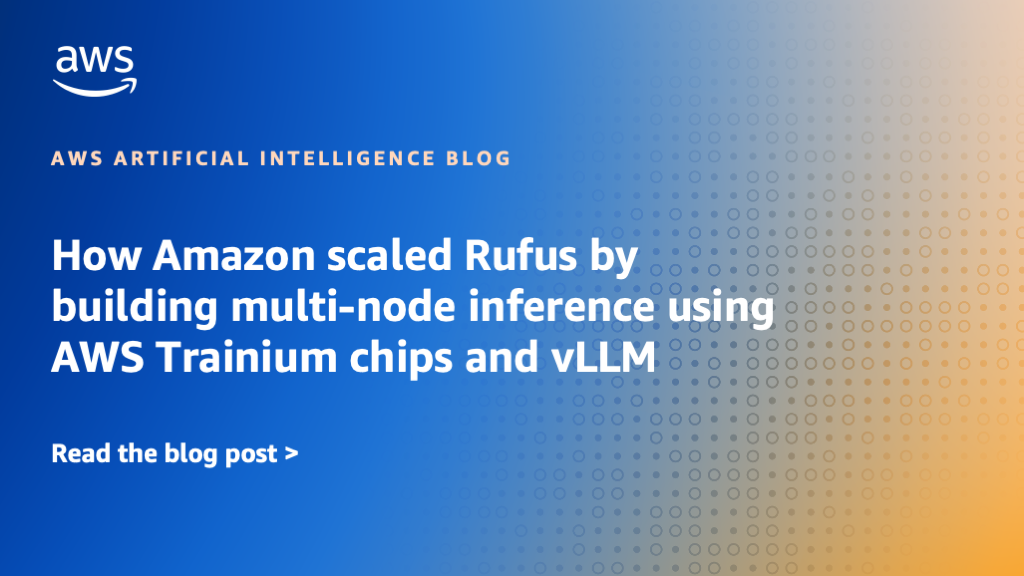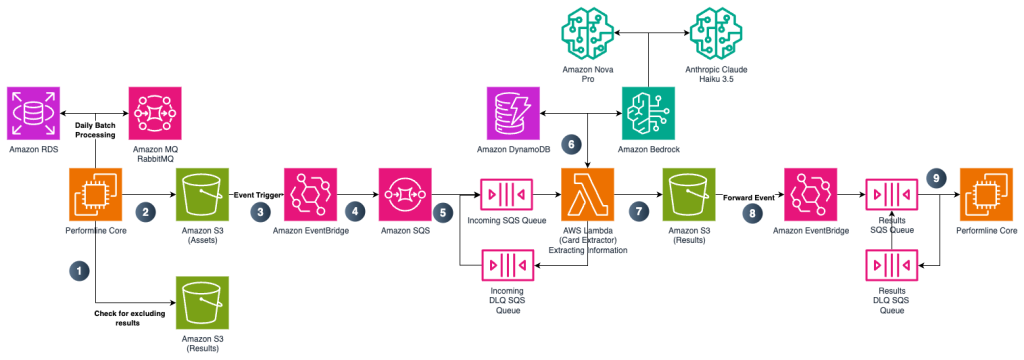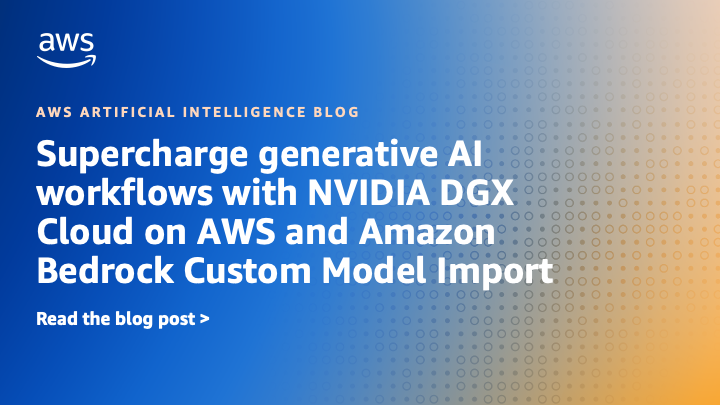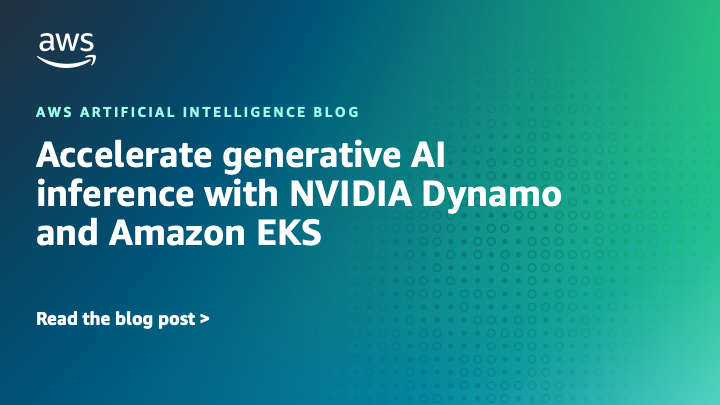Artificial Intelligence
Category: Compute
How Amazon scaled Rufus by building multi-node inference using AWS Trainium chips and vLLM
In this post, Amazon shares how they developed a multi-node inference solution for Rufus, their generative AI shopping assistant, using Amazon Trainium chips and vLLM to serve large language models at scale. The solution combines a leader/follower orchestration model, hybrid parallelism strategies, and a multi-node inference unit abstraction layer built on Amazon ECS to deploy models across multiple nodes while maintaining high performance and reliability.
Containerize legacy Spring Boot application using Amazon Q Developer CLI and MCP server
In this post, you’ll learn how you can use Amazon Q Developer command line interface (CLI) with Model Context Protocol (MCP) servers integration to modernize a legacy Java Spring Boot application running on premises and then migrate it to Amazon Web Services (AWS) by deploying it on Amazon Elastic Kubernetes Service (Amazon EKS).
Introducing AWS Batch Support for Amazon SageMaker Training jobs
AWS Batch now seamlessly integrates with Amazon SageMaker Training jobs. In this post, we discuss the benefits of managing and prioritizing ML training jobs to use hardware efficiently for your business. We also walk you through how to get started using this new capability and share suggested best practices, including the use of SageMaker training plans.
Fine-tune and deploy Meta Llama 3.2 Vision for generative AI-powered web automation using AWS DLCs, Amazon EKS, and Amazon Bedrock
In this post, we present a complete solution for fine-tuning and deploying the Llama-3.2-11B-Vision-Instruct model for web automation tasks. We demonstrate how to build a secure, scalable, and efficient infrastructure using AWS Deep Learning Containers (DLCs) on Amazon Elastic Kubernetes Service (Amazon EKS).
Build modern serverless solutions following best practices using Amazon Q Developer CLI and MCP
This post explores how the AWS Serverless MCP server accelerates development throughout the serverless lifecycle, from making architectural decisions with tools like get_iac_guidance and get_lambda_guidance, to streamlining development with get_serverless_templates, sam_init, to deployment with SAM integration, webapp_deployment_help, and configure_domain. We show how this conversational AI approach transforms the entire process, from architecture design through operations, dramatically accelerating AWS serverless projects while adhering to architectural principles.
How PerformLine uses prompt engineering on Amazon Bedrock to detect compliance violations
PerformLine operates within the marketing compliance industry, a specialized subset of the broader compliance software market, which includes various compliance solutions like anti-money laundering (AML), know your customer (KYC), and others. In this post, PerformLine and AWS explore how PerformLine used Amazon Bedrock to accelerate compliance processes, generate actionable insights, and provide contextual data—delivering the speed and accuracy essential for large-scale oversight.
Beyond accelerators: Lessons from building foundation models on AWS with Japan’s GENIAC program
In 2024, the Ministry of Economy, Trade and Industry (METI) launched the Generative AI Accelerator Challenge (GENIAC)—a Japanese national program to boost generative AI by providing companies with funding, mentorship, and massive compute resources for foundation model (FM) development. AWS was selected as the cloud provider for GENIAC’s second cycle (cycle 2). It provided infrastructure and technical guidance for 12 participating organizations.
Supercharge generative AI workflows with NVIDIA DGX Cloud on AWS and Amazon Bedrock Custom Model Import
This post is co-written with Andrew Liu, Chelsea Isaac, Zoey Zhang, and Charlie Huang from NVIDIA. DGX Cloud on Amazon Web Services (AWS) represents a significant leap forward in democratizing access to high-performance AI infrastructure. By combining NVIDIA GPU expertise with AWS scalable cloud services, organizations can accelerate their time-to-train, reduce operational complexity, and unlock […]
Accelerate generative AI inference with NVIDIA Dynamo and Amazon EKS
This post introduces NVIDIA Dynamo and explains how to set it up on Amazon EKS for automated scaling and streamlined Kubernetes operations. We provide a hands-on walkthrough, which uses the NVIDIA Dynamo blueprint on the AI on EKS GitHub repo by AWS Labs to provision the infrastructure, configure monitoring, and install the NVIDIA Dynamo operator.
Uphold ethical standards in fashion using multimodal toxicity detection with Amazon Bedrock Guardrails
In the fashion industry, teams are frequently innovating quickly, often utilizing AI. Sharing content, whether it be through videos, designs, or otherwise, can lead to content moderation challenges. There remains a risk (through intentional or unintentional actions) of inappropriate, offensive, or toxic content being produced and shared. In this post, we cover the use of the multimodal toxicity detection feature of Amazon Bedrock Guardrails to guard against toxic content. Whether you’re an enterprise giant in the fashion industry or an up-and-coming brand, you can use this solution to screen potentially harmful content before it impacts your brand’s reputation and ethical standards. For the purposes of this post, ethical standards refer to toxic, disrespectful, or harmful content and images that could be created by fashion designers.









